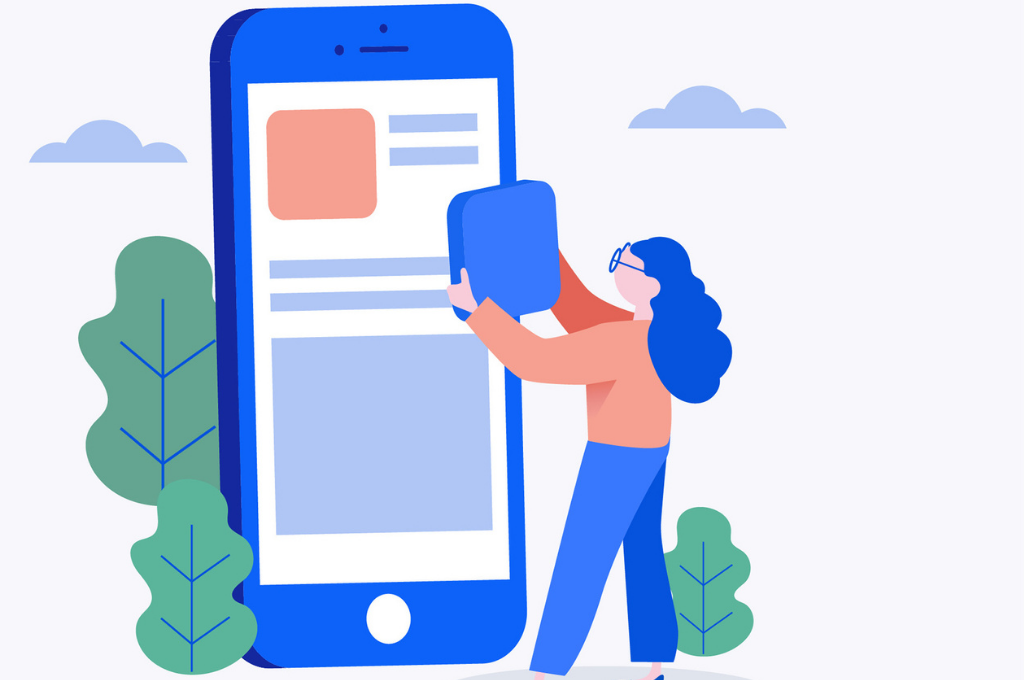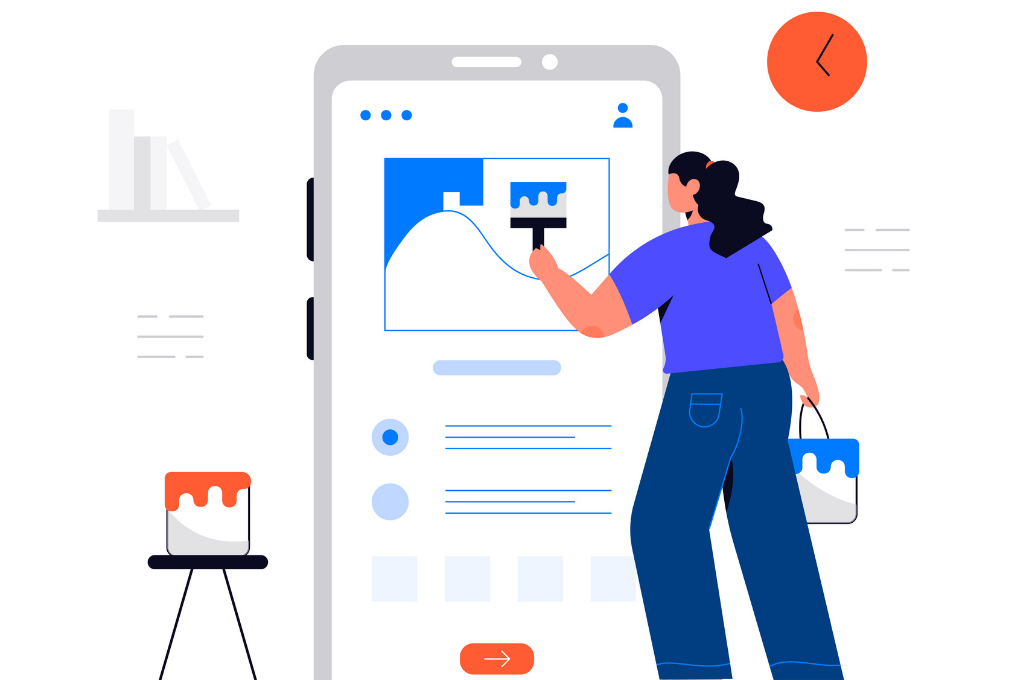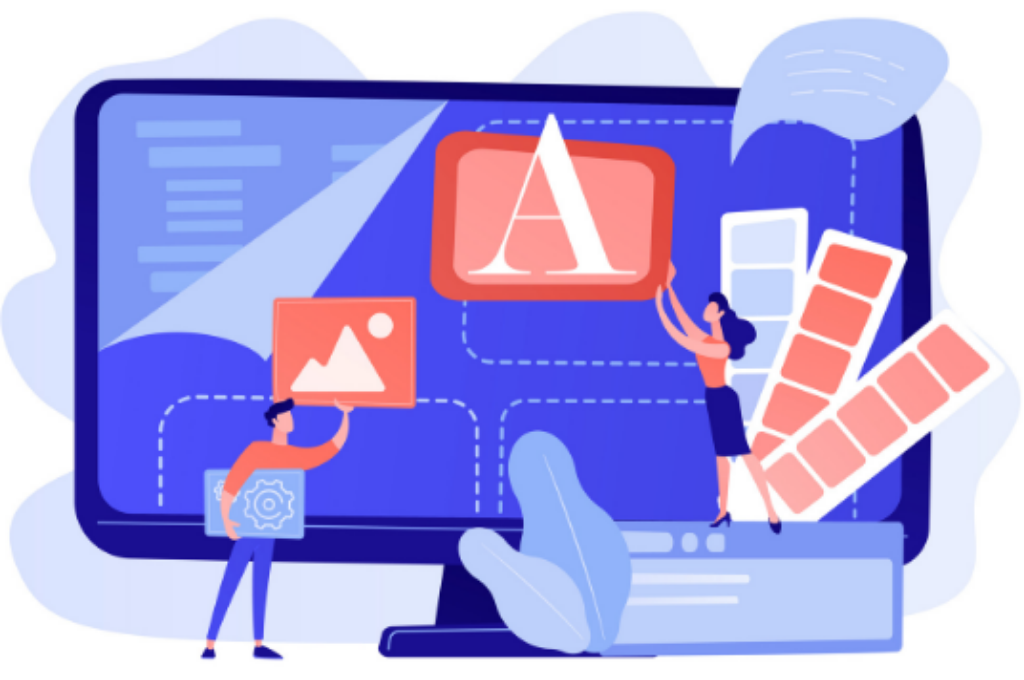The demand for low code automation is accelerating with every passing year. Gartner predicts that by 2024 more than 65% of application development activity will come from low code application development platforms.
Businesses today are driving innovation with the latest techs and fully automated systems swiftly. The need to speed up and scale application development and integrate more digital transformation into the operational processes leads businesses to the way of low code platforms.
Low code technology is a modern way to develop complex applications using a visual interface with little coding to accelerate digital transformation.
It facilitates process automation that empowers developers to build critical systems with low cost investment. Low code technology has evolved faster to develop and deploy innovative and unimaginable apps.
This post will provide you with information on how to get started with development with the latest GUI and high-tech automated systems using low code and knowing how it actually works.
Identifying The App Requirements
Before heading towards app creation with low code platforms, you need to define the app strategy for transforming your idea into a successful app. Start planning and analyzing your app requirements and target personas. Conduct in-depth market research, identify your targeted audience, app goals, a mobile platform for your app, competitors, and so on. Also, decide on the features and functionalities you want in your app.
Start Designing The User Interface
In this step, you decide on the type of user interface you want to have in your app. The main aim of an app’s design is to deliver a seamless and unique digital experience to your targeted users. Select the features and functionalities that make your app more attractive, engaging, and user-friendly. A customer-centric and impeccable UI design will help users to adopt the app faster. You can create mockups, prototypes, and wireframes to design your app. It will help designing app layouts and build a smooth customer journey within the app.
Implement Data Visualizations
Implementing data visualization will improve user engagement and boost conversion rates. Also, you can swiftly identify data patterns and real insights that are left unnoticed.
You can apply data visualizations to your app in multiple ways, including system charts, dashboards, and so on. You can easily own system charts and make them accessible to read the data that is running the app. You can create dashboards as an app user or a developer. You can create and customize system dashboards that are fully configurable and help deliver workload information across multiple streams in real-time.
Get Connect With APIs And 3rd Party Integration
Integrating a mobile application with third-party tools or APIs is crucial as it facilitates end-customers to log in to mobile apps using Google or Facebook. Also, they can perform payment through multiple payment gateways like Paytm, google play, and many more.
For example, you can use Google APIs to power a Google Ads integration with your website. This is what we call third-party API integration. This API integration will utilize your in-house API to power your business’s custom-built, in-app functionality.
The low code technology approach helps maintain smooth integration with third-party services.
It doesn’t matter how smoothly your app works or how user-friendly it is. If it’s not secure or supports integrations, then it’s not a satisfying solution for your end customers. Make sure your low code apps will integrate well with other tools and platforms.
Add Code To The Front-End Interface
Low code platforms provide you a visual integrated development environment that requires minimal coding to build an engaging and attractive app. It has third-party APIs used as pre-built connectors that can integrate these applications with back-end systems.
You can use an interactive interface with drag and drop functionality to design workflows and processes. You can also use it to add handwritten code. You can use the IDE while creating most of the app, then customize it with custom code. For developers looking to enhance their coding skills, exploring the best coding books can be invaluable.
80% of the low code technology uses low code UI, and the rest is coding. It increases extensibility and increased functionality. You can easily add code to the front end whenever required or create the rest of the app with drag and drop tools.
Get Your Low Code Apps Tested First
Low code technology minimizes your time and effort to app development that doesn’t mean QA teams get relieved from testing the application. Implementing functional testing and performance testing is as critical in low code platforms as other apps.
As low code apps require a handful of implementation of custom coding or configuration, testers need to do all kinds of testing after developing low code apps.
Low code apps reduce the complexity associated with building an app by deploying products in a specific environment. Testing teams to have fewer environment configurations or variables to test.
Your newly developed low-code apps require in-depth testing before getting launched into the market. Low code apps are tested thoroughly before release to deliver maximum value and do not generate bugs at all.
Time To Deploy
The app you built on low code platforms runs only under certain configurations or on specific host infrastructure. After developing the app, the QA team ensures that the application should be the best fit in whatever environment it gets deployed. You can deploy the applications on any platform you want and share them on numerous social media platforms.
Low Code Development Is The Future Tech
Low code developers transform the entire spectrum of software development by empowering them with the freedom of doing hand-free coding. With low code technology, they build less and architect more. They have the power of evolving innovative apps quickly with the swift change in businesses and the emergence of new technologies.

























